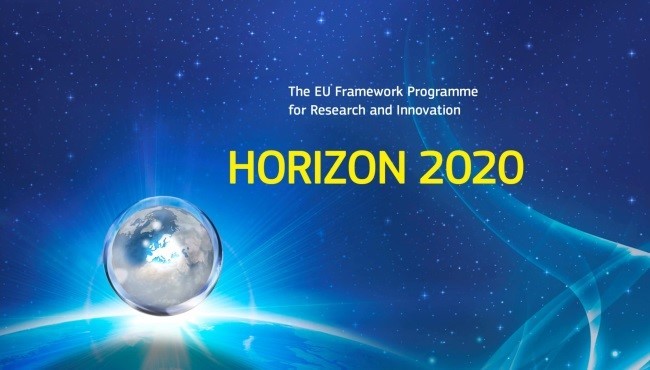Ice discharge from glaciers to the ocean
Primary tabs
This report - Ice discharge from glaciers to the ocean: Model-based demonstration of calculations of ice discharge from selected glaciers to the ocean - aimed to predict the contribution of glaciers to sea level rise, has been carried out as part of Task 6.4-Natural hazards in the Arctic. This deliverable describes a modelling-based approach developed by Universidad Politécnica de Madrid (UPM) to quantify the partitioning of solid ice discharge into its two main components, namely iceberg calving and submarine melting. For Greenlandic glaciers, it can take advantage of using, as part of its input data, those produced by the freshwater runoff product developed by the Geological Survey of Greenland and Denmark (GEUS), and the modelling-based estimates of solid ice discharge (obtained as sum of iceberg calving and submarine melting) can be validated against those produced by the solid ice discharge product developed by GEUS.
This deliverable is conceived as a demonstration to stakeholders, who, in our case, are primarily researchers interested in estimating the current contribution of glacier wastage to sea-level rise and the future projections of such contributions under various scenarios of greenhouse gasses emissions. The demonstration is based on a video (ca. 20 min.) available through the INTAROS YouTube channel and the education material available though the INTAROS website. There is also a shorter version (a trailer, ca. 4 min.) of the video, aimed to provide an overview of the contents of the longer version.
This written report provides a more detailed account of the coupled glacier dynamics-fjord circulation model in which the procedure for partitioning the ice discharge into its main components is based. Alternatively, there is a simpler version of the model, which is a coupled glacier dynamics-buoyant plume model that greatly reduces the computation time, while still providing sufficiently accurate results. The glacier dynamics model is defined by the Stokes system of partial differential equations, an associated constitutive relationship, together with an iceberg calving model, and is solved using the finite-element ELMER/Ice code. The fjord circulation (and submarine melting) model is defined by Boussinesq form of the Navier-Stokes equation set, plus the Holland and Jenkins equations defining the thermodynamic equilibrium at the fjord-glacier front interface and is solved using the finite-volume MITgcm code. The plume parameterisation model that replaces the fjord circulation model in the simplified version of the coupled model is programmed using MATLAB.



